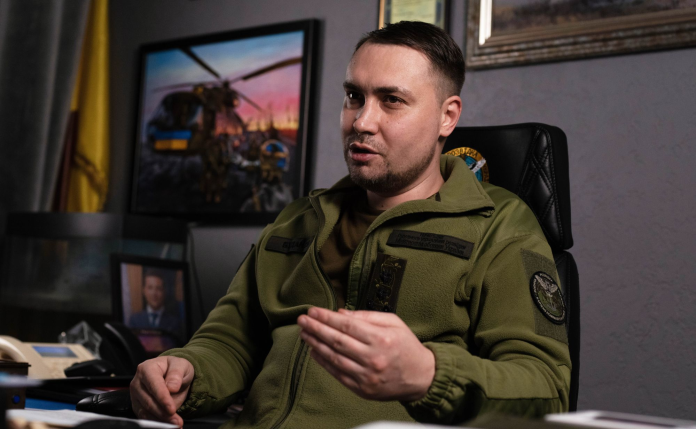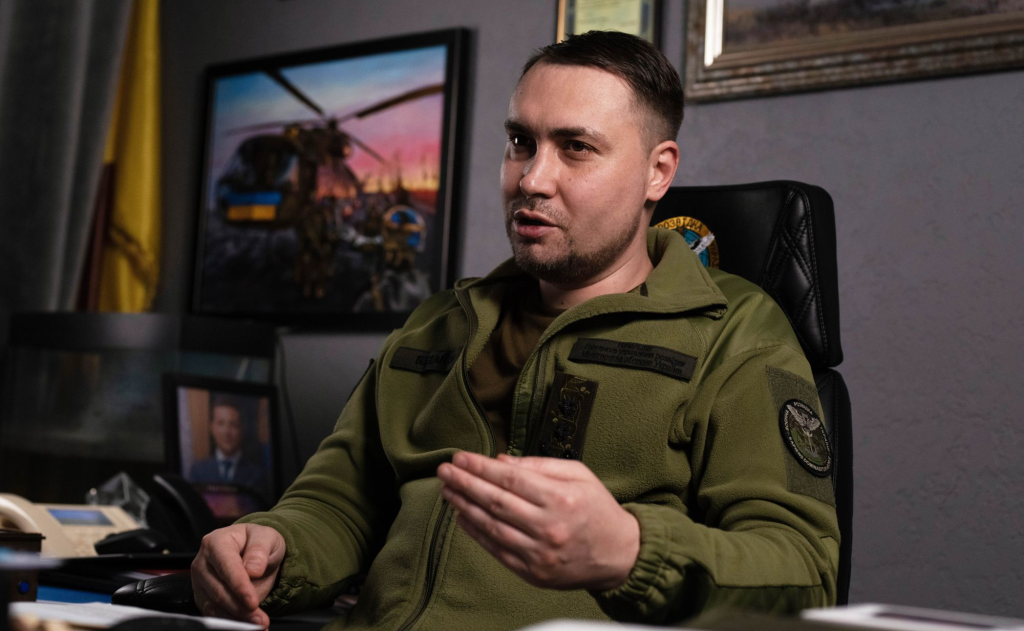
When Kyrylo Budanov was put in charge of Ukraine’s military spy agency, he inherited an organisation designed to gather intel, not to torpedo warships or attack airbases 2,000 km away. Three years on, under his direction, the Main Intelligence Directorate (HUR) has evolved into a hybrid entity part spy agency, part special forces, part weapons research facility aimed at redrafting the playbook on future warfare.

1. Constructing a Hybrid Intelligence-Strike Force
Budanov’s evolution started even before the first Russian tanks rolled across the border in February 2022. He had issued public warnings of the invasion and, anticipating the magnitude of the threat, started creating “active action units” like Kraken, Shamanbat, Artan, Tymur, and the International Legion. Intelligence gathering was coupled with direct-action capability such that HUR could not only identify high-value targets but attack them immediately. As related by the officer dubbed “Philosopher,” “When you have all the data about the enemy, you can draw up individual measures that will have an impact on the situation on the front line. But planning is one thing. Having the ability to carry it out is quite another story.”
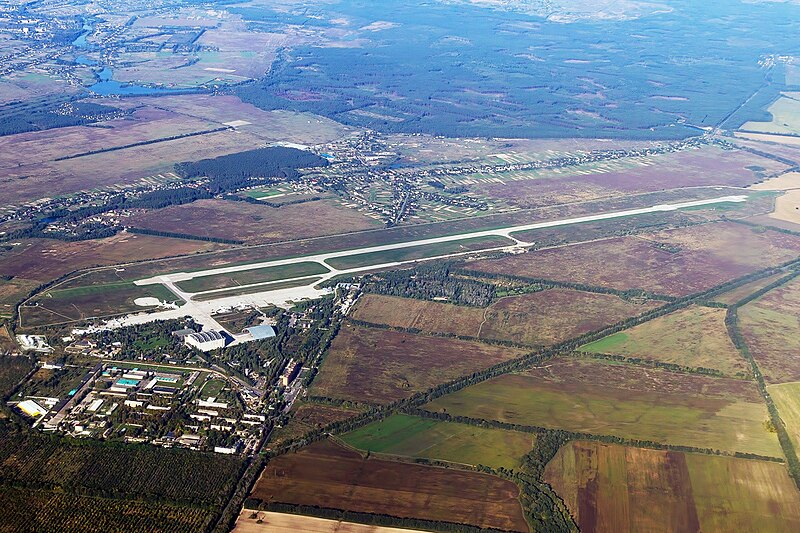
2. The First Tests: Hostomel and Mariupol
The hybrid model was tested within hours of the invasion, when HUR units repelled a Russian airborne assault on Hostomel Airport an operation that, if lost, could have allowed Russian forces to encircle Kyiv in the first week. In Mariupol, HUR flew seven helicopter missions through heavily defended airspace to resupply the Azovstal garrison and evacuate the wounded, a feat that required precision navigation and electronic countermeasures to evade Russian air defenses.
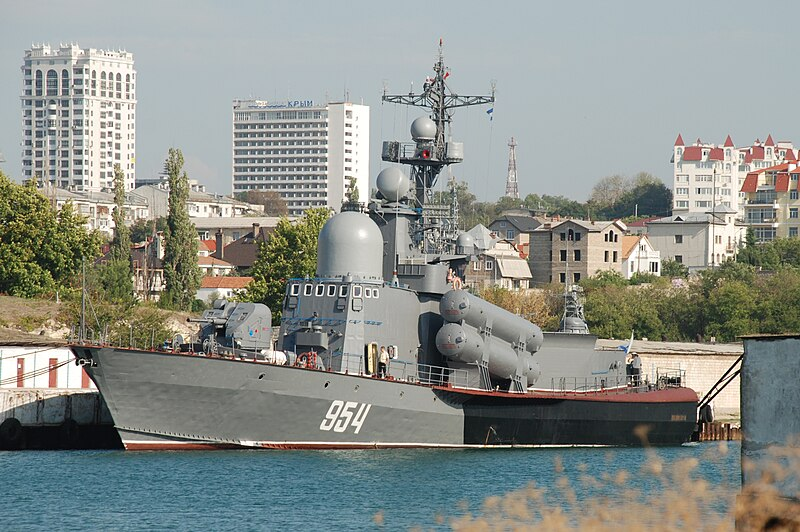
3. Engineering the Magura Drone Fleet
Arguably HUR’s most public manifestation of innovation to date is its Magura family of uncrewed surface vessels (USVs). Development started in stealth in 2022, with four Ukrainian developers creating the initial proof-of-concept out of a fishing vessel hull and Starlink communications. By 2023, the Magura V5, a 5.5-meter, stretched fuel capacity version with a 300-pound warhead, was in operation, sank the Russian missile corvette Ivanovets and the landing ship Caesar Kunikov, and was soon in production. A successful follow-on was the much-larger Magura V7, an 8-meter variant with superior seakeeping, multiple communications antennae, and capability to carry air-to-air missiles.
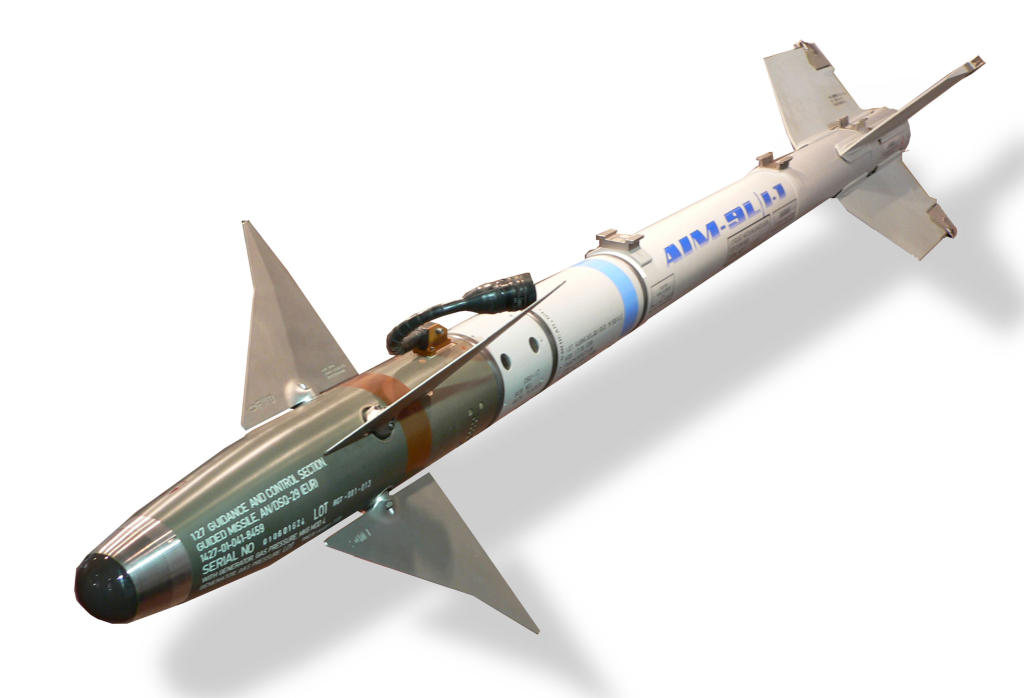
4. First Combat Kills by a Naval Drone
In May 2025, Group 13 operators used a Magura V7 with U.S.-manufactured AIM-9 Sidewinder missiles to sink two Russian Su-30 fighters off Novorossiysk. Naval News confirmed that this was the first time in history that an uncrewed surface vessel had downed fighter aircraft. The missiles were carried on elevating launch rails and could make attacks to 10-kilometer ranges. This capability boost transformed the Magura from a ship-killer to a multi-domain threat.

5. Strategic Significance in the Black Sea
Magura attacks compelled the Russian Black Sea Fleet to withdraw from Crimean ports and move to the Caucasus coastline. Liberation of Snake Island and retrieval of the Boyko gas platform reopened grain shipping corridors and reversed the line of maritime control in the direction of Crimea. “Today’s trade routes, the grain corridor all this has only begun to function due to the return of Zmiinyi to Ukraine,” Philosopher explained. The impact was both military and economic, reviving Ukraine’s sea tradelifeline.
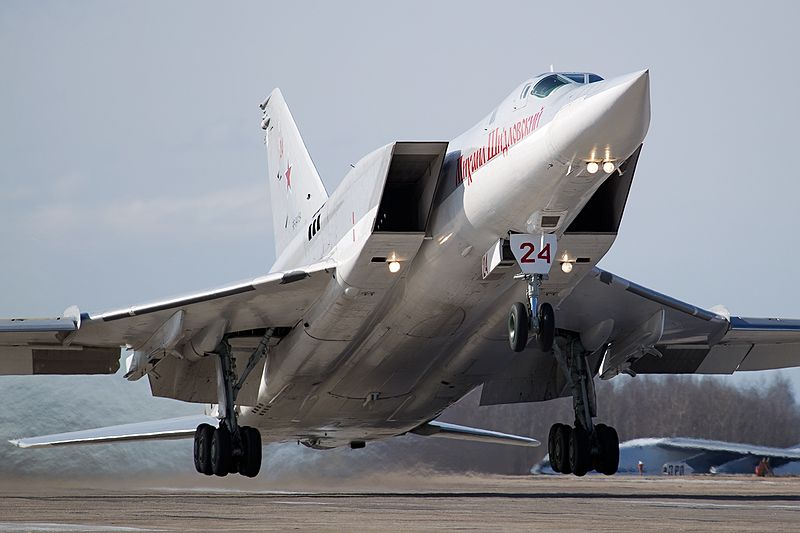
6. Deep Strikes into Russia
HUR has projected its operations well behind the front line, hitting airbases, weapons plants, and command centers 2,000 kilometers deep in Russia. High-profile targets have included an A-50 airborne early warning aircraft, Tu-22M3 bombers, and Su-57 fighters. They put U.S. satellite imagery, signals intelligence, and Ukrainian human networks into a quick-fire targeting loop that Moscow commanders have yet to counter.
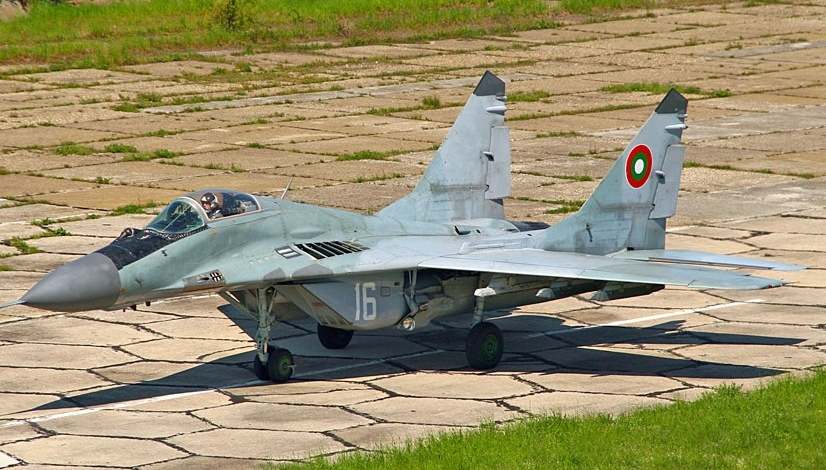
7. U.S. and Domestic Strike System Integration
Ukraine’s deep attack capability has increased with domestically produced systems like the Flamingo cruise missile with a 3,000-kilometer range and the Long Neptune with 1,000-kilometer capability. They are added to Western-backed munitions like Storm Shadow and future Extended Range Attack Munition (ERAM), a 500-pound-class standoff missile with a 280-mile capability, GPS-degraded nav, and a 10-meter circular error probable. Deployable on MiG-29s, Su-27s, or F-16s, ERAM gives Ukraine a survivable ability to attack deep targets while keeping exposure to Russian SAMs to a minimum.
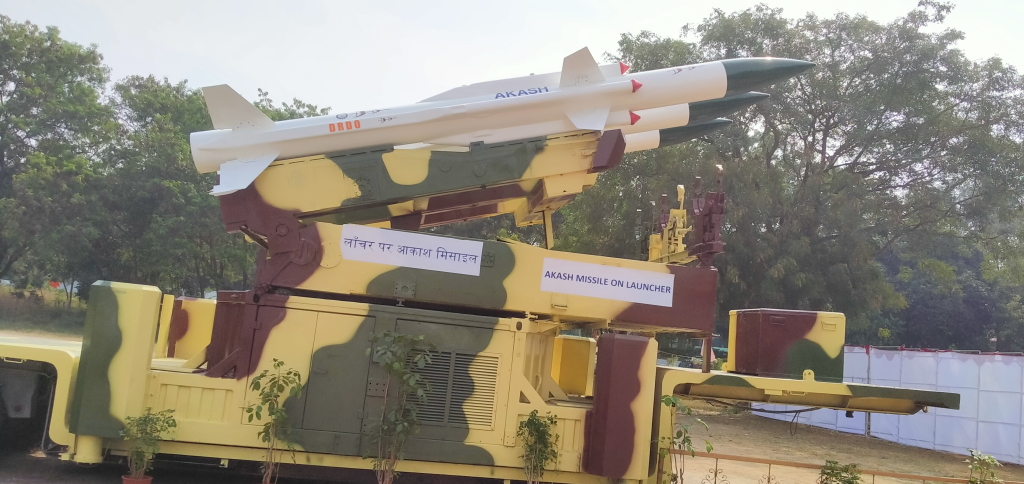
8. The Intelligence Backbone
None of these operations was possible with the help of the intelligence infrastructure established with U.S. assistance. American SIGINT, IMINT, and analytic fusion all frequently orchestrated from a U.S.-headed center in Wiesbaden input directly into Ukraine’s “kill chain.” This fusion has allowed quick blows at transitory targets, from missile launchers to command centers. A temporary U.S. halt in sharing intel in March 2025 severely decreased Ukraine’s strike tempo, highlighting this dependency’s vulnerability.
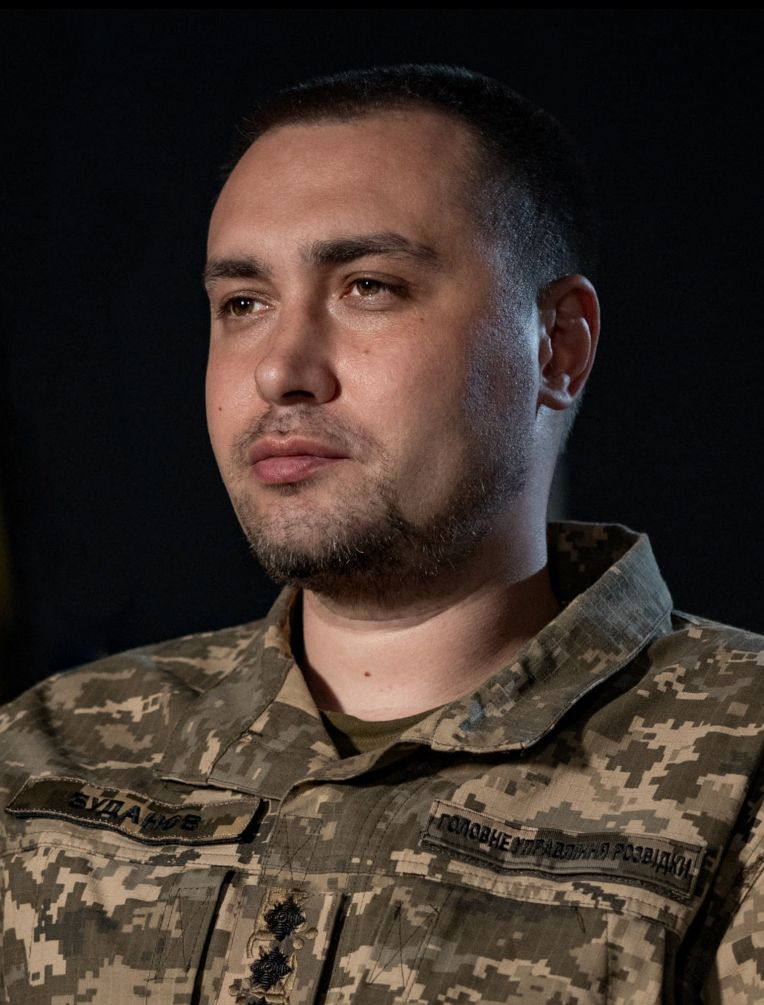
9. Global Reach and Psychological Operations
HUR’s mandate now goes even beyond Ukraine’s frontiers, and it tracks down and debilitates Wagner Group and “African Corps” veterans around the globe. Their operations are both tactical and psychological, and they announce that Russian fighters are fair game everywhere. Budanov’s Coordination Headquarters for Prisoners of War has also managed to bring home thousands of Ukrainians, even high-profile civilians, in exchanges negotiated with Moscow.

10. Supporting Russian Tactical Development
Russian units have transitioned from deep, unsupported advances to incremental artillery attacks and small-unit penetration, at times via ATVs or forest trails. In spite of this, HUR’s independent units still have the leeway to respond with sabotage, raids, and precision attacks. In Philosopher’s words, it’s the autonomy to design and conduct operations based on immediate-intelligence that enables these units to get in front of Russian adjustments.
Through a combination of engineering ingenuity, integrated intelligence, and unconventional tactics, Budanov’s HUR has blurred the lines between espionage and combat, creating a model of 21st-century warfare in which the same organization can design a missile, pilot a drone, and personally lead a raid behind enemy lines.
